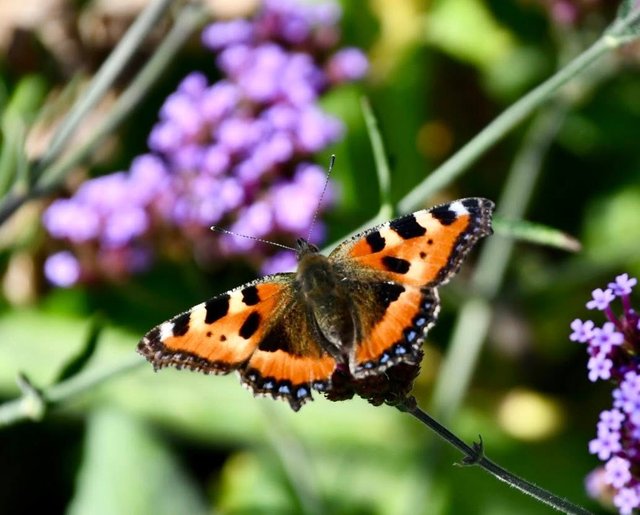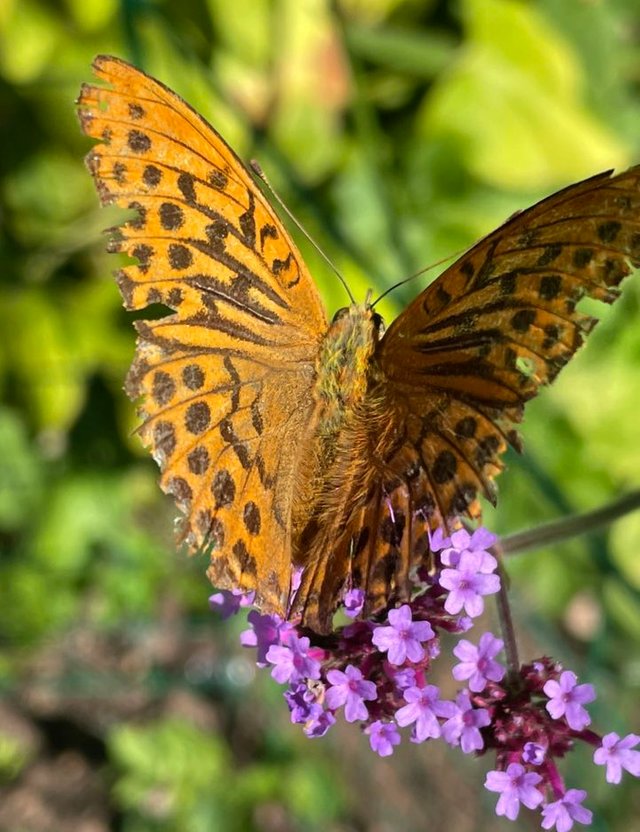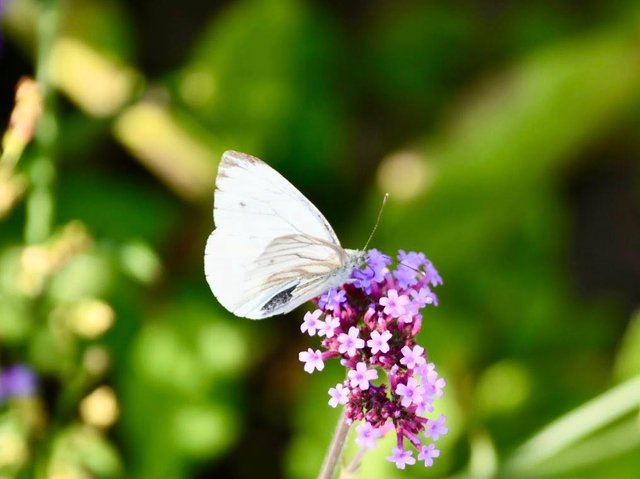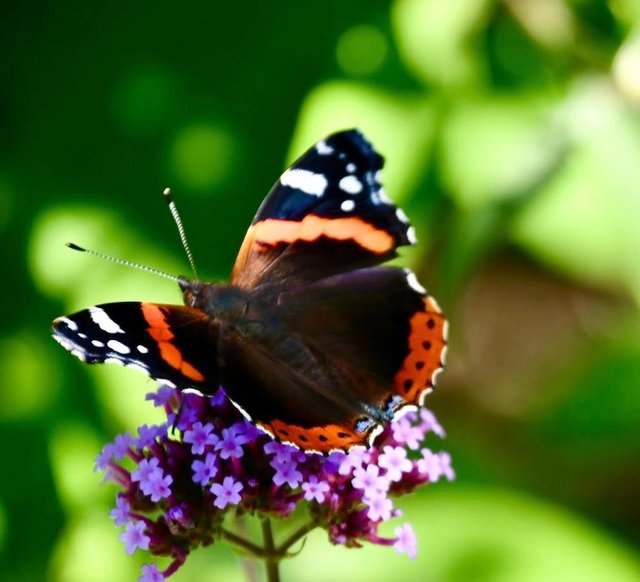Different Colour Butterfly
Butterflies are among the most captivating creatures in nature, admired not only for their delicate flight but also for their spectacular diversity of colors and patterns that adorn their wings. These colors are not just for beauty but serve important purposes in survival, communication, and reproduction. Different colored butterflies reflect the fascinating interplay between biology, environment, and evolution. The coloration of butterfly wings comes from two main sources: pigments that absorb certain wavelengths of light and structural coloration created by microscopic scales on the wings that reflect and refract light, often producing iridescent or shimmering effects.
*Brightly colored butterflies such as those with vibrant blues, reds, or yellows often use their striking hues as a form of warning coloration to signal toxicity or bad taste to predators. A prime example is the Monarch butterfly, with its bold orange and black wings that warn birds of its poisonous nature derived from milkweed plants. In contrast, some butterflies exhibit subtle earthy tones such as browns or greens, allowing them to blend seamlessly into their surroundings as camouflage, protecting them from predators hen they rest on leaves or tree bark. There are also species that use mimicry, where harmless butterflies adopt the bright warning colors of toxic species to gain protection without actually being poisonous themselves. Different colors can also play an important role in mating, as many butterflies rely on wing coloration to attract partners. Males often display brighter and more vibrant hues to catch the attention of females, while some species exhibit ultraviolet patterns visible only to butterflies, enhancing mate recognition.
Blue butterflies, such as the famous Morpho species of South America, captivate human eyes with their dazzling metallic wings, yet their brilliance is actually due to structural coloration rather than pigment, creating an illusion of glowing light as they flutter through forests. Yellow butterflies, such as the Clouded Yellow or Sulphurs, often symbolize positivity and light, and their coloration helps them stand out in meadows full of blooming flowers. White butterflies, like the Cabbage White, are more subdued in appearance but thrive in large numbers across gardens and farmlands, where their pale wings reflect sunlight.



